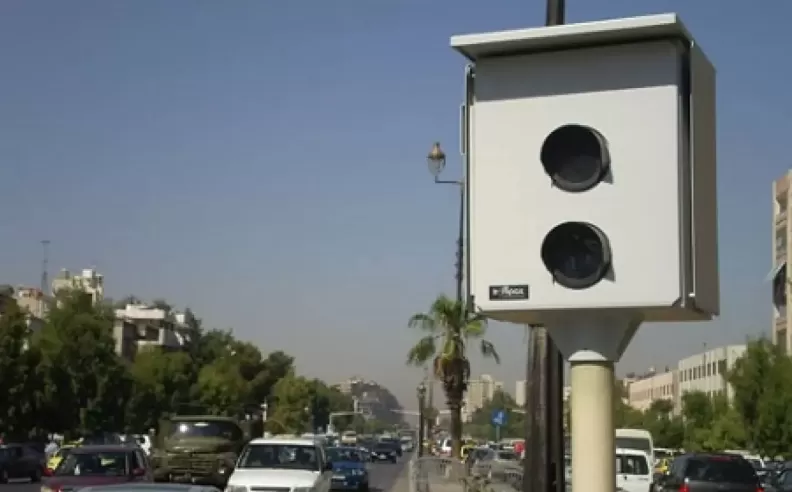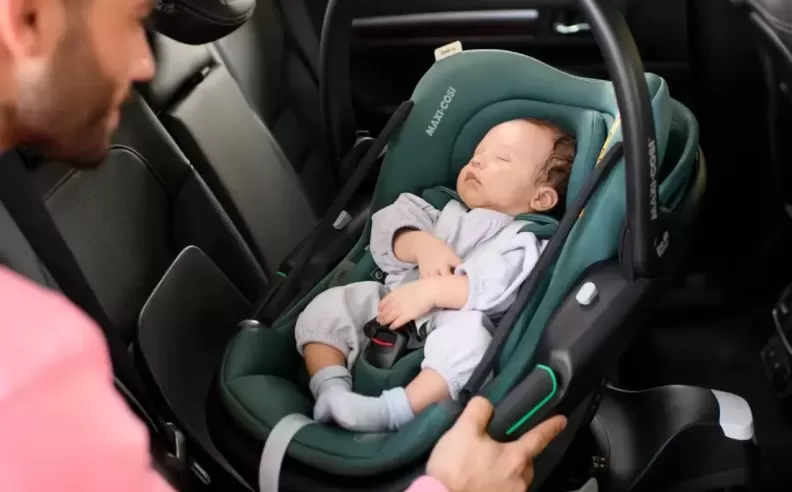
Every parent in Saudi Arabia knows the importance of keeping their child safe while driving. Installing a child car seat is not just a legal requirement, it's a life-saving move that can drastically reduce injury in the event of a crash. However, many parents still make critical mistakes when setting up the seat. This guide from motor283 walks you through five essential steps to install a child seat correctly and keep your little one safe on every ride.
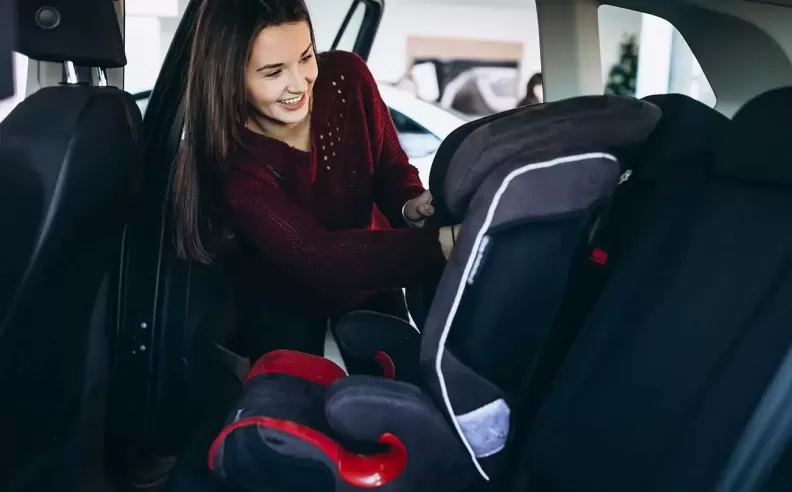
Car seats come in three main categories based on your child's age and size:
Make sure the seat is certified under international safety standards like ECE or FMVSS. Parents in Saudi Arabia often overlook this detail, but it's crucial for ensuring crash-tested protection on local roads.
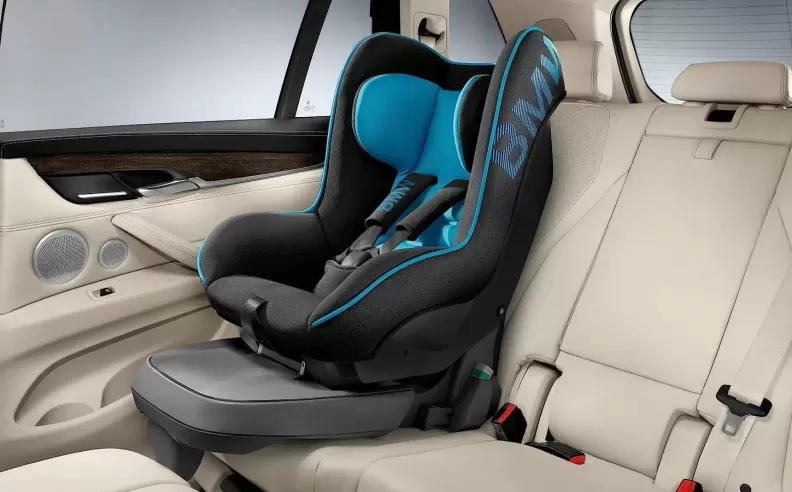
Before you begin installation, inspect your vehicle. Newer cars in Saudi Arabia typically support ISOFIX, which uses built-in metal points on the rear seat to secure the base. It’s easier and safer than relying solely on the seatbelt. Older models may require you to use the belt system instead.
Look for the Top Tether anchor as well. It's a hook located behind the seat or on the trunk floor that prevents the car seat from tipping forward during sudden stops. If your car has it, always use it when installing a forward-facing seat or booster.
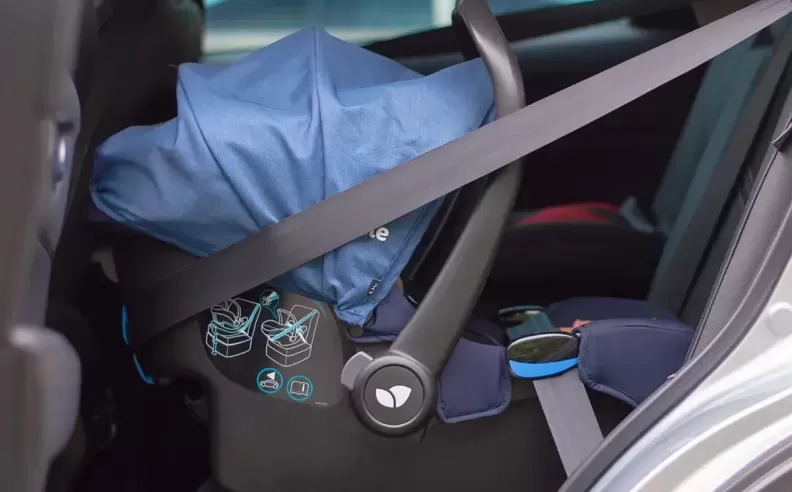
Once the seat is installed, do not assume it’s ready. You need to manually check its stability. Press firmly on the top and sides of the seat to ensure it doesn't move more than 2 centimeters. Then, buckle your child in and inspect the shoulder straps. They should be at or just below the shoulders in a rear-facing seat and snug without any twists.
Avoid placing blankets or cushions under your child as they can reduce the effectiveness of the harness. If your vehicle has airbags, never place a rear-facing seat in the front unless the airbag is deactivated. Also, if you recently changed vehicles or took a long road trip, recheck the installation.
Keeping your child safe in the car doesn’t end with the installation. Regularly inspect the seat, use a backseat mirror to monitor your child without turning around, and replace the seat after any major collision, even if it looks fine. These small checks make a big difference.

Started my career in Automotive Journalism in 2015. Even though I'm a pharmacist, hanging around cars all the time has created a passion for the automotive industry since day 1.

